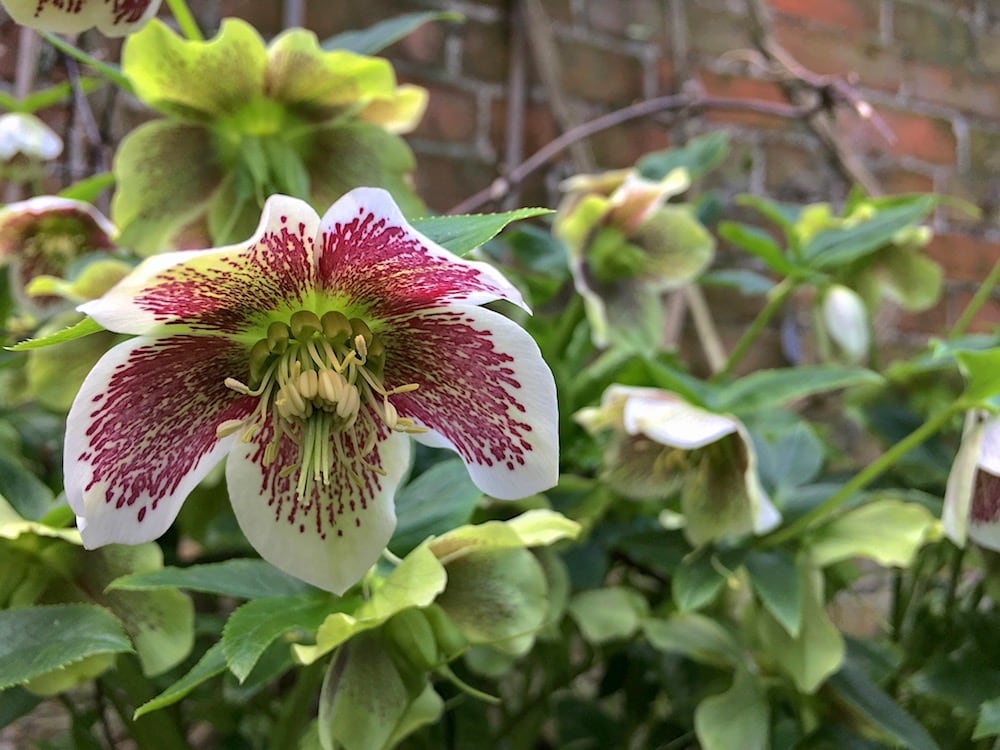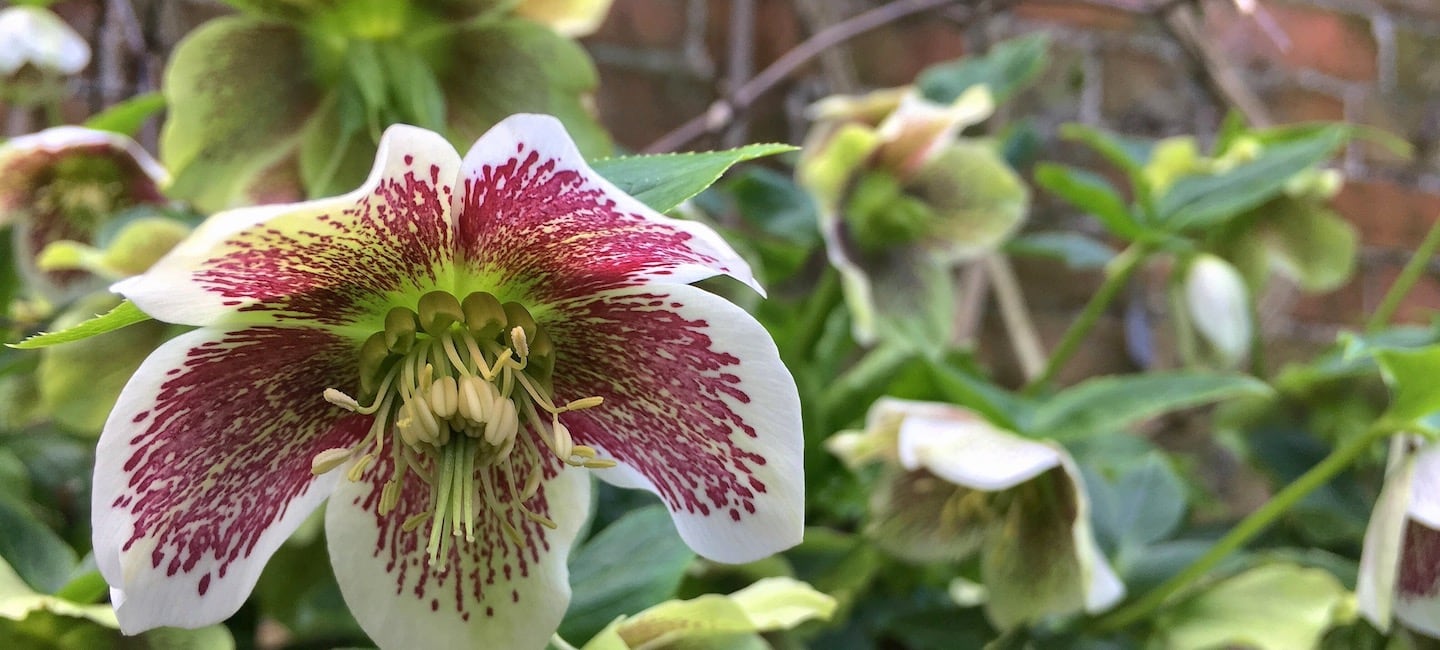Mindfulness In The Garden
The fast paced world we live in leaves little room for contemplation and reflection, and increasingly people are turning to mindfulness in the garden as a regular contributor towards general health and wellbeing.
We all know how good that feeling at the end of a lazy summer’s day in the garden is, and it’s important to spread some of those good vibes out a little, scattering them through the working week to allow one to switch off.
Our guide to mindfulness in the garden includes tips for enhancing ones enjoyment in outdoor spaces, focusing on the sensory elements and how to introduce new ideas.
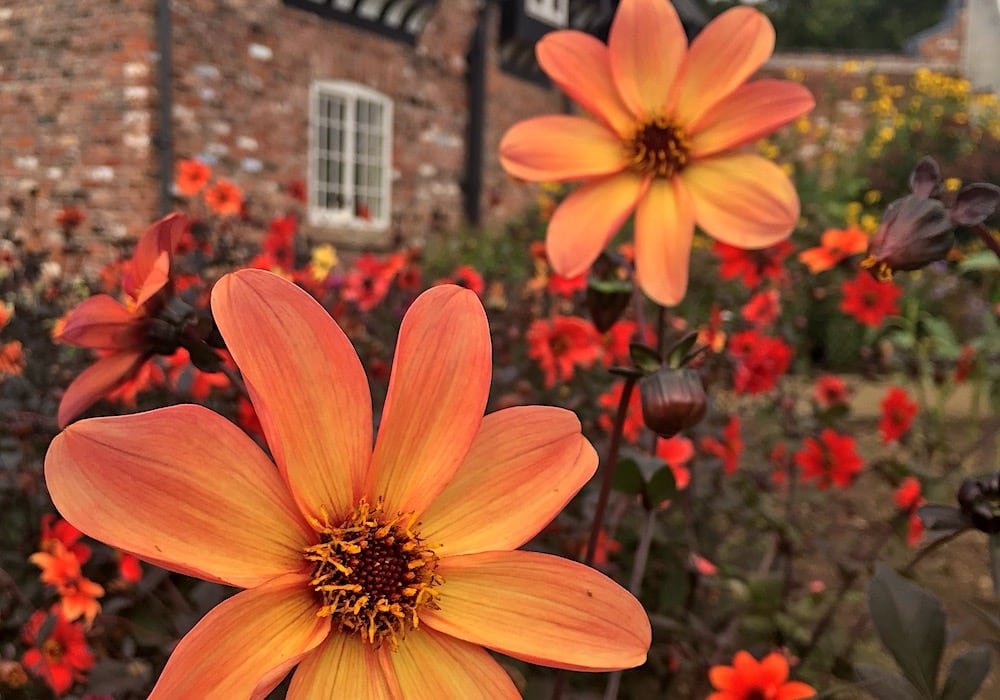
Just Wait A While
Very little happens quickly in the garden, in stark contrast to the modern working world. Patience and considerate planning are integral to developing any garden design over time, making mindfulness and gardening perfect partners. Seeds need time to sprout for example, then be tended carefully in their infancy and groomed into mature plants. These extended processes force us to be more aware of the present.
Flow is the concept of being completely absorbed in a task. Simple gardening chores such as weeding, pruning and trimming offer great opportunities to discard distraction and enjoy the moment.
Garden Planning
Whether your garden needs a simple spring clean or a large scale landscape redevelopment, time spent planning is time well spent. For the former, creating a list of small jobs and slowly ticking them off gives one a great sense of productivity and achievement.
Before diving head first into a large redesign, it’s important to spend quiet time in the space noting the position of the sun and exploring which areas are most appropriate for each use, such as a patio, water feature or rockery. Japanese gardening heavily relies on mindful elements to create beautifully landscaped spaces.
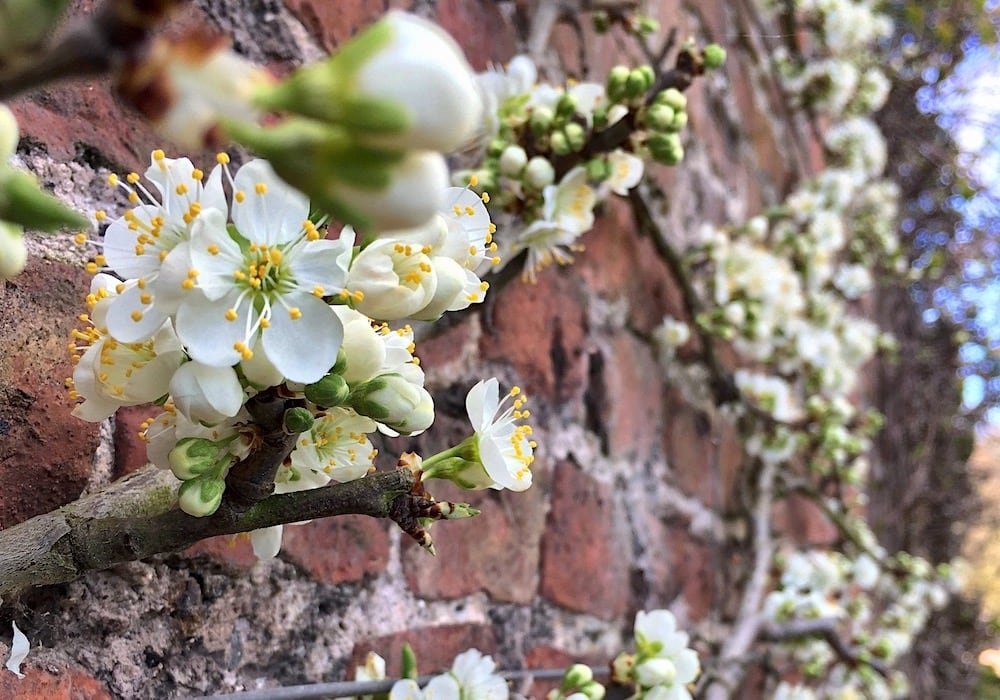
Sensory Gardening
Using the garden to explore our basic senses can be a rewarding and enjoyable endeavour. A simple step towards feeling more in the garden is to wander around barefoot. Feeling individual blades of grass between your toes is almost indescribably wonderful, giving an instant physical connection with nature.
Listening is often one of our forgotten senses, buried in the overload of information we all receive on a daily basis. Finding a quiet corner of the garden, sitting back and closing ones eyes is a good start, allowing thoughts to dissipate and the sounds of our immediate environment to come to the forefront of our focus.
Introducing water to a garden has many effects beneficial to wellbeing. The visual appeal of a pond, waterfall or slate stack pyramid is obvious, equally is the sound. Water features also encourage wildlife to a garden, from bees to birds, that only enhances connections with the natural world.
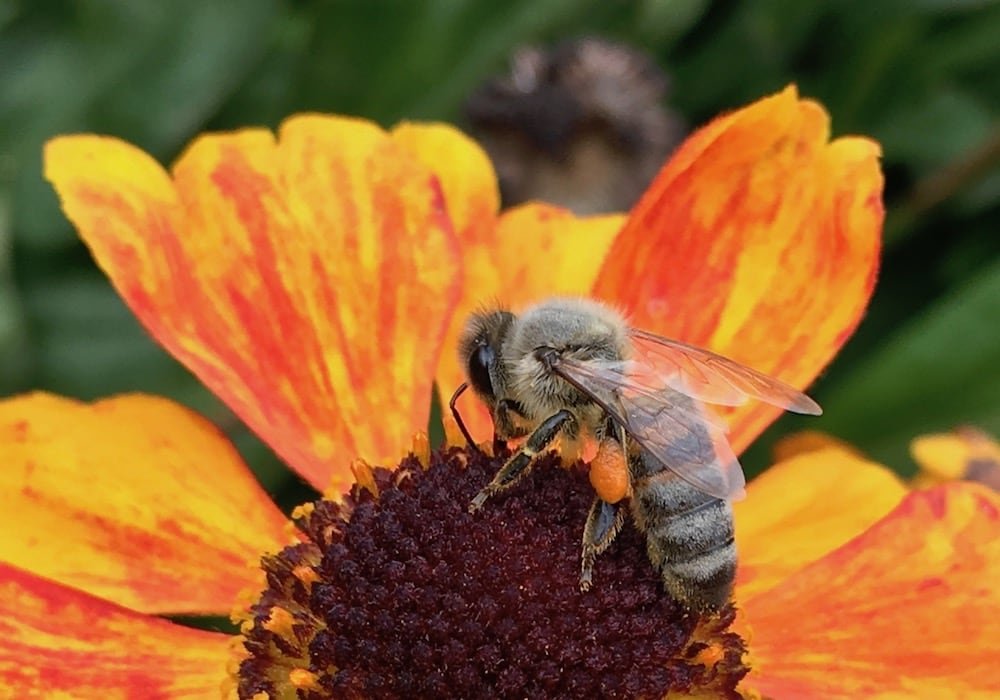
Mindfulness Exercise
Yoga is one of the forms of exercise most associated with mindfulness in the garden, used by millions of people around the world to develop both body and mind. Yin Yoga is a slow variant involving breathing and simple stretching techniques that are accessible for all ages and abilities, ideal for beginners in the comfort of their own garden.
A simple mindfulness exercise that’s fun and easy to do is studying a single plant. Start off making a complete visual inspection, before introducing touch and smell. Gently examine the petals and stalk, do the different parts of the plant smell the same? It’s amazing how the minutes slip by when you’re really lost in just one flower.
